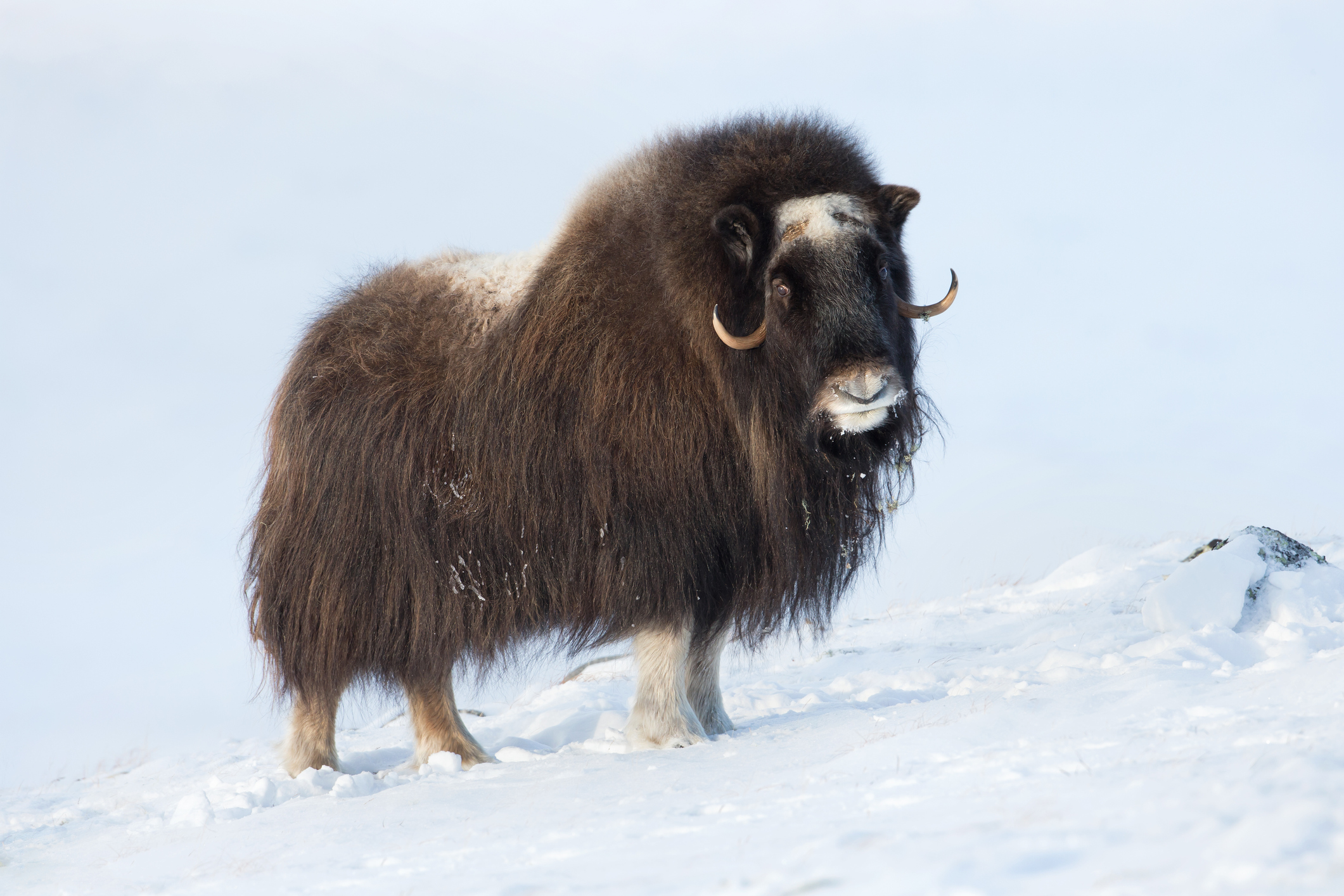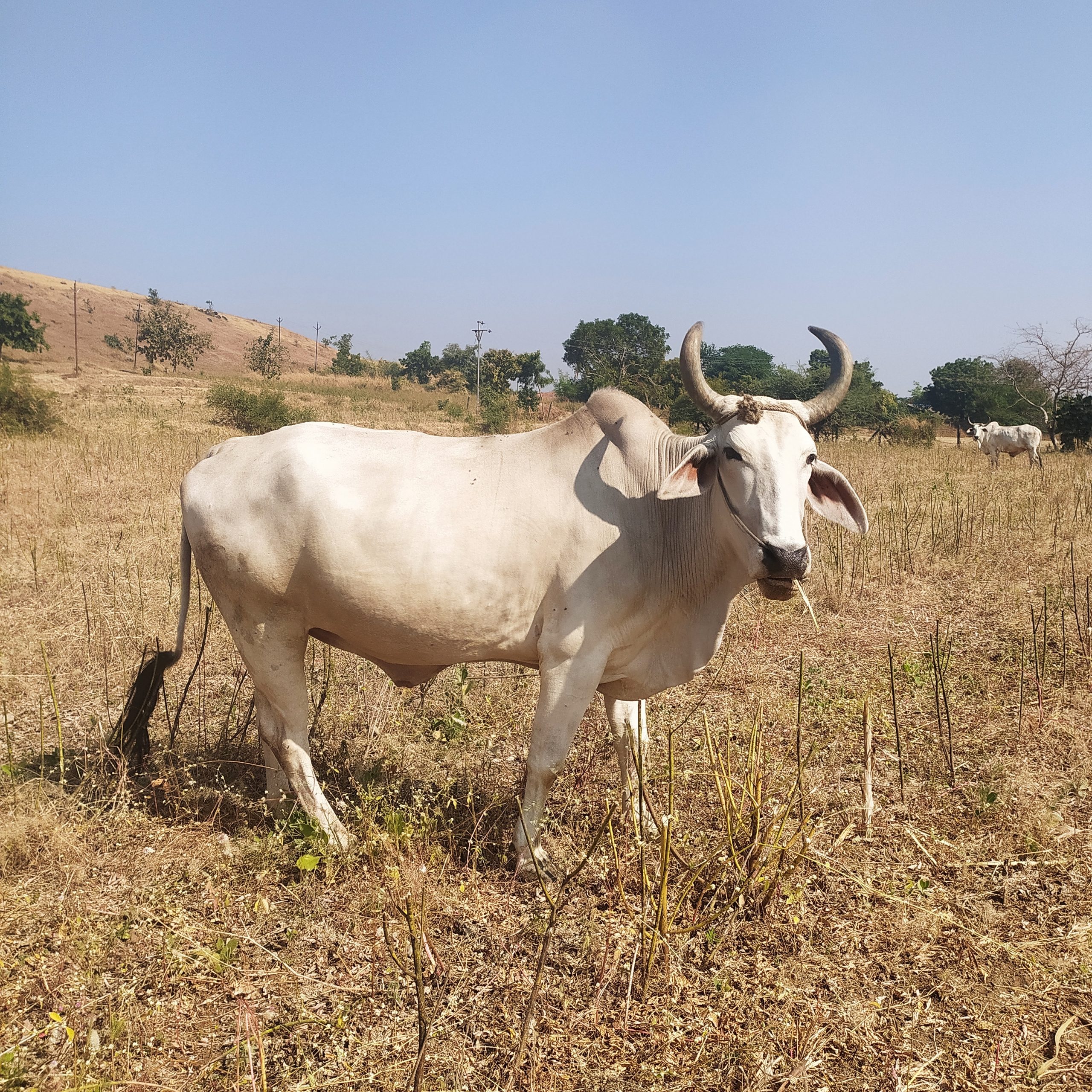Ox: The Unsung Hero Of The Farm And Beyond
So, let's talk about something that doesn't get enough credit—the ox. Now, when you hear the word "ox," you might picture some big, strong animal pulling a cart in the countryside. But there's so much more to these majestic creatures than meets the eye. The ox has played a crucial role in human history, shaping civilizations and making life easier for countless generations. And guess what? They're still relevant today, even in our modern world. So buckle up, because we're diving deep into the fascinating world of oxen!
In this article, we're not just talking about the ox as an animal. We're exploring its historical significance, cultural impact, and even its role in modern agriculture. You'll learn about their anatomy, behavior, and why they're such valuable assets to farmers and communities worldwide. Whether you're a history buff, an animal lover, or just curious about how oxen have shaped the world, this article's got you covered.
But wait, there's more! We'll also touch on the challenges facing oxen today, like habitat loss and changing agricultural practices. Plus, we'll give you actionable tips on how you can support these incredible animals. So, whether you're here for the history lesson or the conservation tips, stick around because this is going to be one wild ride!
- Top Ullu Web Series Mustwatch List Where To Stream And Why You Need Them
- Bolly4u Link Your Gateway To Bollywood Entertainment
Table of Contents
- Biography of an Ox
- The Historical Impact of Oxen
- Anatomy of an Ox
- Behavioral Insights
- Uses of Oxen in Modern Times
- Conservation Efforts
- Cultural Significance
- Challenges Facing Oxen
- Interesting Statistics
- The Future of Oxen
Biography of an Ox
Alright, let's start with the basics. What exactly is an ox? An ox is essentially a domesticated bovine that has been trained for draft work. It's usually a castrated male, but there are female oxen too. They're known for their strength, endurance, and ability to work long hours in the fields. Oxen have been around for thousands of years, serving as the backbone of many agricultural societies.
Ox Facts
Here's a quick rundown of some key facts about oxen:
- They're part of the cattle family.
- They can pull heavy loads over long distances.
- They're intelligent and trainable.
- They can live up to 20 years with proper care.
| Species | Bos taurus |
|---|---|
| Average Weight | 1,000–3,000 lbs |
| Lifespan | 15–20 years |
| Primary Use | draft work, plowing |
The Historical Impact of Oxen
Throughout history, oxen have been the unsung heroes of many civilizations. From ancient Egypt to medieval Europe, these animals have been indispensable in agriculture and transportation. In fact, the Egyptians used oxen to pull their massive stone blocks for building pyramids. Talk about heavy lifting!
- Discovering The Enigmatic World Of Fikfap A Deep Dive Into The Shadows
- Filmyfly 4 Wap Your Ultimate Movie Streaming Hub
Key Historical Roles
Oxen have played various roles throughout history:
- Pulling plows in agricultural fields.
- Transporting goods over long distances.
- Providing power for early industrial machinery.
Anatomy of an Ox
So, what makes an ox so strong and durable? Their anatomy plays a big role. Oxen have powerful muscles, especially in their shoulders and hindquarters, which allow them to pull heavy loads. Their hooves are tough and durable, perfect for rough terrain. Plus, they've got this amazing ability to conserve energy, making them perfect for long workdays.
Key Physical Features
- Strong muscles for pulling and plowing.
- Durable hooves for rough terrains.
- Thick skin for protection against harsh conditions.
Behavioral Insights
Oxen are not just big and strong—they're also incredibly smart. They can be trained to follow commands and perform complex tasks. Their social behavior is fascinating too. In the wild, they often form tight-knit groups, protecting each other from predators. This social structure carries over into domesticated settings, where they often form bonds with their handlers.
Training Techniques
Training an ox requires patience and consistency. Handlers use verbal commands, body language, and sometimes even music to communicate with these animals. The key is to build trust and establish a strong bond. Once trained, oxen can perform tasks with remarkable precision.
Uses of Oxen in Modern Times
Even in today's modern world, oxen still play a vital role in many communities. In developing countries, they're often the primary source of power for farming and transportation. But even in developed nations, oxen are making a comeback. Sustainable farming practices are embracing these animals as a greener alternative to tractors and other machinery.
Modern Applications
- Sustainable farming practices.
- Eco-friendly transportation solutions.
- Educational purposes in zoos and farms.
Conservation Efforts
Unfortunately, oxen face several challenges today. Habitat loss, changing agricultural practices, and even climate change are threatening their populations. But there's hope! Conservationists around the world are working tirelessly to protect these animals and ensure their survival for future generations.
Conservation Strategies
- Protecting natural habitats.
- Promoting sustainable farming practices.
- Educating communities about the importance of oxen.
Cultural Significance
Oxen have also played a significant role in various cultures around the world. In many societies, they're seen as symbols of strength, perseverance, and hard work. They've been featured in art, literature, and even religious texts. In some cultures, oxen are considered sacred animals, revered for their contributions to human life.
Cultural Representations
- Featured in ancient art and sculptures.
- Mentioned in religious texts like the Bible and Quran.
- Celebrated in festivals and cultural events.
Challenges Facing Oxen
Despite their many contributions, oxen face numerous challenges today. From habitat loss to changing agricultural practices, these animals need our help more than ever. It's up to us to ensure that they continue to thrive and play their vital roles in our world.
Key Challenges
- Habitat loss due to urbanization.
- Changing agricultural practices favoring machinery.
- Climate change affecting their living conditions.
Interesting Statistics
Let's take a look at some interesting statistics about oxen:
- There are over 1.5 billion cattle in the world, with a significant portion being oxen.
- Oxen can pull up to twice their body weight.
- They can work for up to 10 hours a day without rest.
These stats highlight just how incredible these animals truly are. Their strength and endurance make them invaluable assets in many parts of the world.
The Future of Oxen
Looking ahead, the future of oxen seems bright, especially with the growing interest in sustainable farming practices. As more people become aware of the environmental impact of modern agriculture, there's a renewed interest in using oxen as a greener alternative. This shift could mean a brighter future for these amazing animals.
But it's not just about farming. Oxen are also finding new roles in education and conservation. Zoos and farms are using them to teach people about sustainable living and the importance of preserving our natural resources. With continued support and conservation efforts, oxen will continue to play a vital role in our world for generations to come.
Kesimpulan
So, there you have it—the incredible world of oxen. From their historical significance to their modern-day applications, these animals have left an indelible mark on human civilization. They're not just strong and durable—they're also intelligent and adaptable, making them invaluable assets in many parts of the world.
As we move forward, it's important to recognize the challenges facing oxen today and do our part to protect them. Whether it's supporting sustainable farming practices or educating others about their importance, every little bit helps. So, the next time you see an ox, take a moment to appreciate all they've done for us. And if you're feeling inspired, share this article with your friends and family. Together, we can make a difference!
Article Recommendations
- Unleashing The Power Of Filmyfly Com 2025 South Movie Ndash Your Ultimate Movie Destination
- Hd Movies Hub 4u Your Ultimate Destination For Topquality Entertainment


![Free Ox Wallpaper Downloads, [100+] Ox Wallpapers for FREE](https://wallpapers.com/images/hd/cute-musk-ox-khojnk5xbn8putky.jpg)
Detail Author:
- Name : Luz Terry
- Username : simonis.aurelio
- Email : america.klocko@gmail.com
- Birthdate : 1991-06-14
- Address : 44305 Madeline Common West Misael, NJ 84050
- Phone : 1-435-539-7680
- Company : Bradtke-Swaniawski
- Job : Veterinary Technician
- Bio : Doloribus voluptatem rerum ut nihil. Unde molestiae rerum ducimus rerum doloribus soluta quas. Vel possimus id saepe praesentium.
Socials
facebook:
- url : https://facebook.com/alang
- username : alang
- bio : Amet aut sunt sequi eius consequatur ut.
- followers : 2163
- following : 583
instagram:
- url : https://instagram.com/alang
- username : alang
- bio : Ipsam est cumque dolore voluptas enim. Sit dolores at sapiente facere porro odit.
- followers : 558
- following : 1679